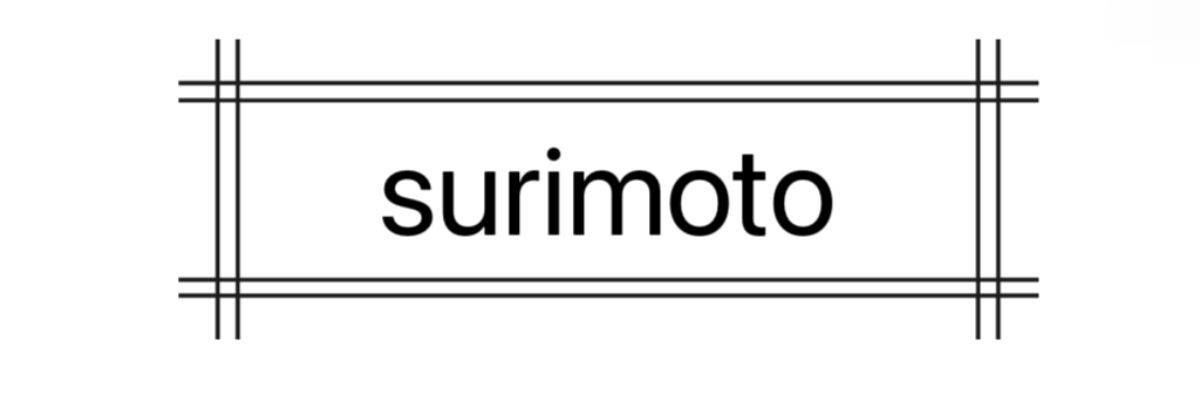7 Essential Uses of Scrim Cloth You Need to Know
Jul. 31, 2025
Scrim cloth is an incredibly versatile material that has a wide range of applications across various industries. This lightweight, durable fabric serves multiple purposes that can greatly enhance both professional workflows and personal projects. In this article, we will explore seven essential uses of scrim cloth and discuss the challenges faced by different customer groups when utilizing this product, while also providing practical solutions to these challenges.
The company is the world’s best scrim cloth supplier. We are your one-stop shop for all needs. Our staff are highly-specialized and will help you find the product you need.
1. Backdrops for Photography
Scrim cloth is often used as a backdrop in photography due to its ability to diffuse light. Photographers appreciate the texture and the way it enhances the overall image quality. However, issues such as wrinkling or improper tensioning can lead to suboptimal results. Customers may find it difficult to set up the scrim adequately.
To solve this problem, we recommend using a lightweight frame to stretch the scrim cloth taut. This helps eliminate wrinkles and provides a smooth background for photography. Additionally, investing in a couple of clamps can secure the cloth in place, ensuring it remains wrinkle-free throughout the shoot.
2. Theatre and Stage Production
Theatrical productions rely heavily on scrim cloth for creating illusions and special effects due to its translucent properties. However, issues with durability and visibility can arise, leading to dissatisfaction among cast and crew members. If the scrim cloth tears or fails to project lighting correctly, it can detract from the overall performance.
The solution here is twofold: select high-quality scrim cloth known for its durability and ensure thorough testing with lighting setups before the performance. Additionally, using multiple layers of scrim cloth can enhance depth and texture, reducing wear on any single layer.
3. Architectural Models
In architecture, scrim cloth is commonly used to represent various building materials in scale models. The challenge for architects often lies in selecting a suitable material that holds up during transport and handling. Scrim cloth can easily become frayed or discolored, affecting the model’s appearance.
A feasible solution is to apply a protective coating to the scrim cloth before utilizing it in models. This can prevent fraying and enhance color retention. Furthermore, using an adhesive that sets quickly will allow for secure application without compromising the cloth's texture.
4. Sound Diffusion
For those in music or audio engineering, scrim cloth can be utilized as a sound diffusion medium, smoothing out acoustic interactions in a room. However, customers may face limitations in controlling the environment's acoustics, which can lead to uneven sound distribution.
To mitigate this, consider layering scrim cloth in strategic locations around the room to enhance sound diffusion. Additionally, adding weight to the lower edges can help maintain the cloth's position, ensuring it doesn’t shift and alters the intended sound management.
5. Fashion and Costume Design
In the world of fashion, scrim cloth is often used in layering or as part of costume design. Designers frequently face challenges with the fabric's transparency, which can pose issues in terms of various lighting conditions during shows.
A practical solution would be to line scrim cloth with a secondary fabric, maintaining a stylish look while ensuring opacity. Utilizing underlayers can allow designers more control over transparency and visual interest, ensuring that garments are exceptionally appealing under all stage lights.
6. Home Decor and DIY Projects
Consumers often utilize scrim cloth in DIY home decor projects, such as curtains or wall hangings. The challenge frequently experienced is the difficulty of cutting and sewing this fabric without causing unraveling at the edges.
To counter these issues, we suggest using fabric sealant on the edges to prevent fraying before cutting. This creates clean edges and allows for easier sewing application. Additionally, using a rotary cutter can provide more precise cuts compared to traditional scissors.
7. Shade Solutions
Scrim cloth is widely employed in outdoor settings such as patio shades or temporary canopies because of its UV-resistant properties. However, setting up scrim cloth in windy conditions can be challenging for users, as it can easily become loose or detached.
A simple yet effective solution involves utilizing weighted clips or ground stakes to anchor the cloth securely. Also, incorporating adjustable ropes or bungee cords will allow for customizable tension adjustments, ensuring the fabric remains taut and secure during unfavorable weather conditions.
In conclusion, scrim cloth is a remarkably adaptable material with diverse applications. By addressing the common challenges faced by different customer groups and offering straightforward solutions, users can maximize the potential of scrim cloth in various scenarios, whether in professional or personal settings.
Want more information on mesh material fabric? Feel free to contact us.
135
0
0


Comments
All Comments (0)